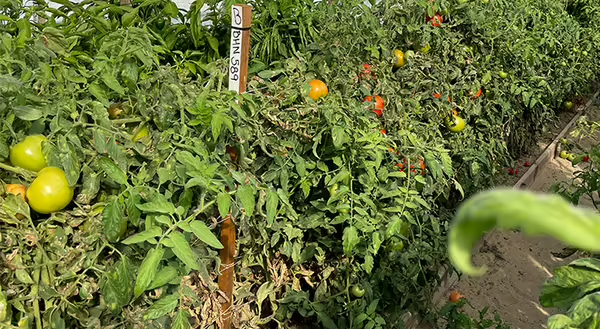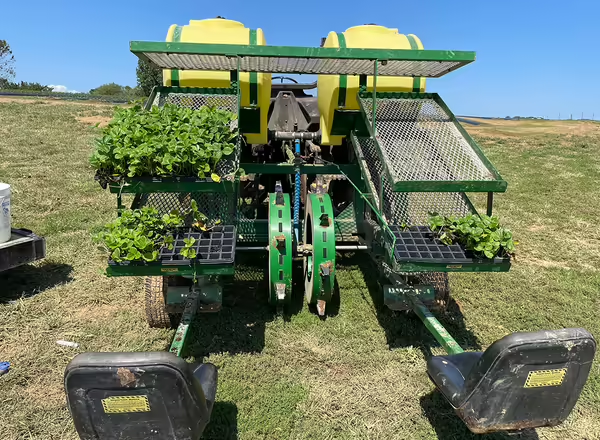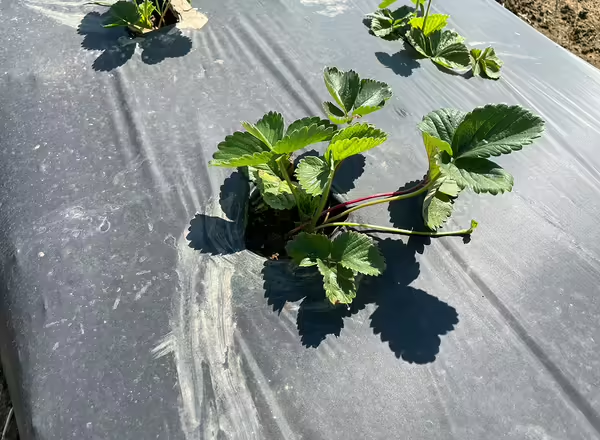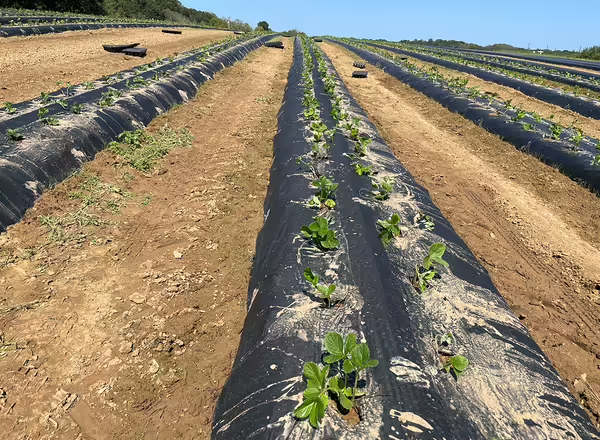
In our current research project, “Strategies for Improving Biological Control of Insect Pests for Vegetable Growers Utilizing High Tunnels”, tomato harvest has ramped back up now that the raccoon situation is under control. Overall fruit size is smaller while flavor and white core has improved. Tomato fruit quality is better in the treatment tunnel as there is more green foliage on the plants compared to the control tunnel, which was impacted more strongly by leaf mold. Peppers are still producing well.
Official data collection for this project stopped the end of August so we are no longer making Bt sprays to control worms. Aphids continue to be present in both the treatment and control tunnel and their numbers are increasing. Tomato hornworm, tomato fruit worm, and army worm pressure is also really high. This is the last year of data collection for this project and this fall there will be a focus on analyzing the data. Dr. Kacie Athey will be reporting on the research finding from this project, as well as the previous project on biological insect control in high tunnels, during her presentation in the vegetable track at the Everything Local conference in Springfield in January.
Cucumber plants are being removed out of the hydroponic high tunnel this third week of September as we are starting the process of clearing out our tunnels for the season. Hydroponic strawberries are setting more fruit now that we have had a bit cooler weather and they will be the last crop removed from the tunnel. With harvest slowing down, more time can be devoted to structural projects like reworking wiggle wire channel on the endwalls in preparation for reskinning one of the tunnels.
Soils were very dry most of the month of September but the last few days of the month have brought much needed rain to the region. As a reminder, this is the time of year that blueberries are making fruit buds for next season’s crop and supplemental water may be needed to provide an ample supply to help maximize bud development.
A few chestnuts were harvested this year from the small chinese chestnut tree planting at Dixon Springs managed by our extension foresters. It will be interesting to see how the six different varieties perform in the coming years.
Strawberry plasticulture growers have been busy setting transplants throughout the month of September. Setting of strawberry transplants in southern Illinois is usually complete around September 10 (give or take a couple of days) but this year, some growers have had to stagger their planting dates as they look for alternate sources of plug plants. Photos show the transplanter and the growth from plants set on September 6 compared to plugs set on September 17 (photo credits: B. Aly, Illinois Extension 2024). The relatively new strawberry disease, Neopestalotiopsis, that has been problematic for growers in the southeastern region of the country for the past few years has now become a major concern for midwestern growers as well. More information on this disease is included in an article in this issue.


